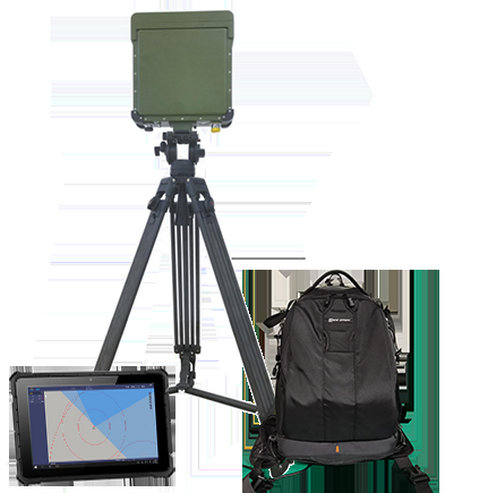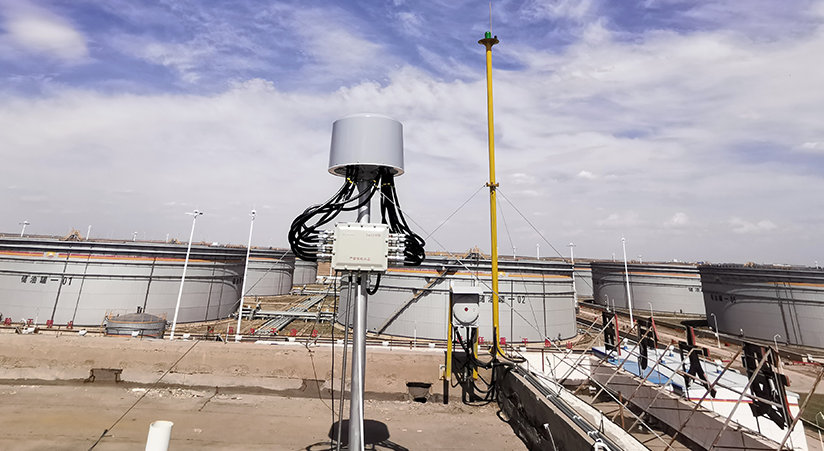
manufacturers of TDOA (time difference of arrival) AUDS for petroleums, petrochemical facilities, public events,oilfields, natural gas! suppliers of anti uav defense systems (AUDS) for airport,petroleums,natural gas fields, refinery, military installations in china.


according to the technical requirements of the drone countermeasures system in the petroleum and petrochemical industry, we adopt the solution of radio detection + navigation deception + back-end management and control platform.
we use radio detection equipment to detect, identify, alarm and perform positioning and direction finding of drones. we use navigation deception equipment to decoy drones and drive them away or land them outside the control range. The back-end management and control platform monitors the entire process. the anti drone system conducts comprehensive statistical analysis of drone detection data, evaluation data, process records, and disposal results.
AUDS (anti drones defense systems) is not specific to petroleum facilities, but it is a type of technology designed to counter unauthorized or potentially hostile drones (unmanned aerial vehicles) in various environments, including those where security concerns exist, such as petrochemical facilities, airports, military installations, public events.
AUDS typically consists of a combination of sensors, radar, electro-optical cameras, and radio frequency jamming equipment. these components work together to detect, track, and neutralize or disrupt the operation of drones that may pose a security threat. When a suspicious drone is detected, the system can identify it and then take action to either disable the drone's control signals or disrupt its communication systems, causing it to land or return to its operator.
the primary purpose of AUDS is to mitigate the unauthorized drones, potential attacks on critical infrastructure like petroleum facilities. by using AUDS, these facilities can enhance their security measures and protect against the potential misuse of drones in their vicinity.
the anti unmanned aerial vehicle defense system (AUDS) is a type of technology designed to detect, track, and neutralize or mitigate the threat posed by unmanned aerial vehicles (UAVs), commonly known as drones. AUDS systems are typically used for security and defense purposes, especially in areas where drones may present a security risk or breach restricted airspace.
AUDS systems use a variety of sensors, such as radar, electro optical and infrared cameras, and radio frequency detectors to identify and locate drones within their operational range. once a drone is detected, the system can track its movement and monitor its flight path to determine its intentions and whether it poses a threat.
| detection range: | 800MHz, 900MHz, 2.4G, 5.8G. | ||||||||
| detection radius; | greater than 7km. | ||||||||
| networking function; | equipped with 4TDOA positioning. | ||||||||
| black and white list; | available. | ||||||||
| interference frequency band; | 900MHz, 2.4G, 5.8G, navigation information. | ||||||||
| detection angle; | 360 degrees in all directions. | ||||||||
| countermeasure distance; | greater than 1km. | ||||||||
| alarm method; | sound, light, SMS, APP. | ||||||||
| anti-uav defense system (AUDS) of scout hit combines BT3000, mini UAV,camera drones, AUDS, CUAS,PTZ,PID,RTK,UWB, TDOA, UAVs | |||||||||
|---|---|---|---|---|---|---|---|---|---|
- home
- products
- contact
- equipments
- AUDS systems
- TDOA systems
- change UAV navigation 2000
- UAV scout hit combines 3000
- scout edit UAV fly 4000
- scout hit edit UAV 5000
- anti drone system JDY6000
- AOA systems
- vehicle mounted AUDS
- anti drone jammer guns
- anti UAV boxes
- all frequency jammers
- AUDS for public safety
- CUAS for electric power
- TDOA for petroleums
- AUDS for military bases
- CUAS for aviation airport
- TDOA for prison guard



